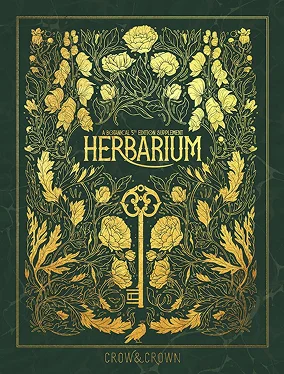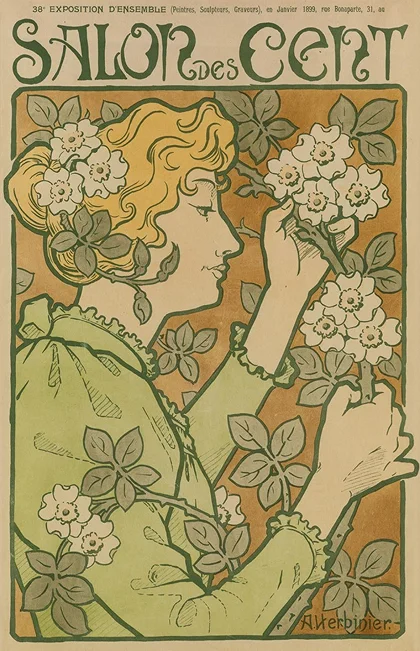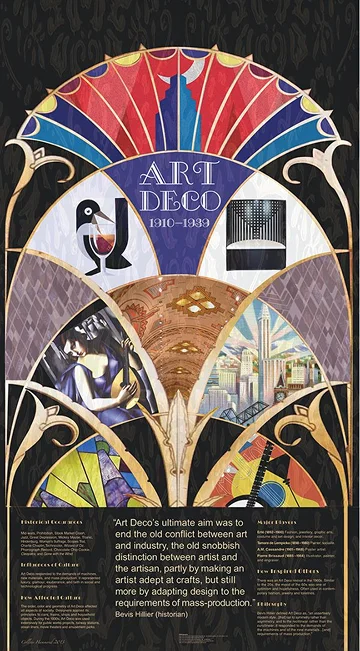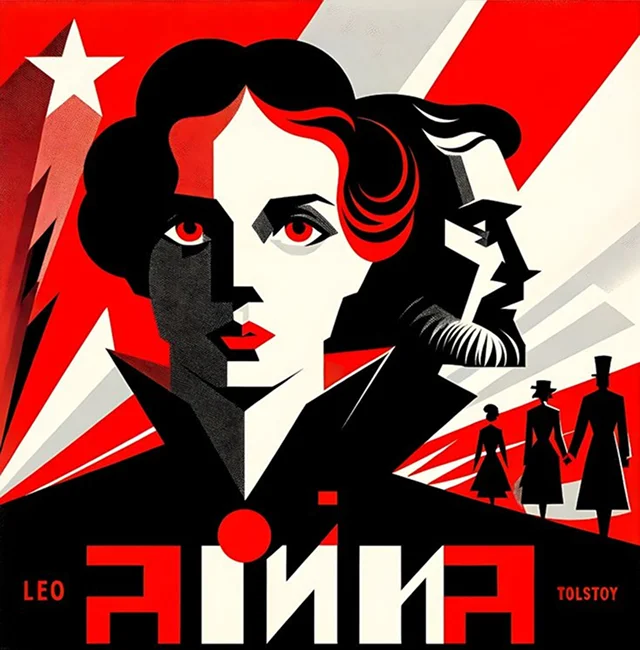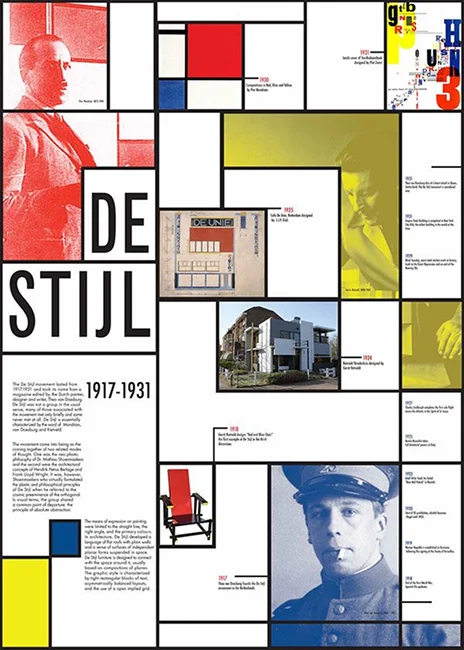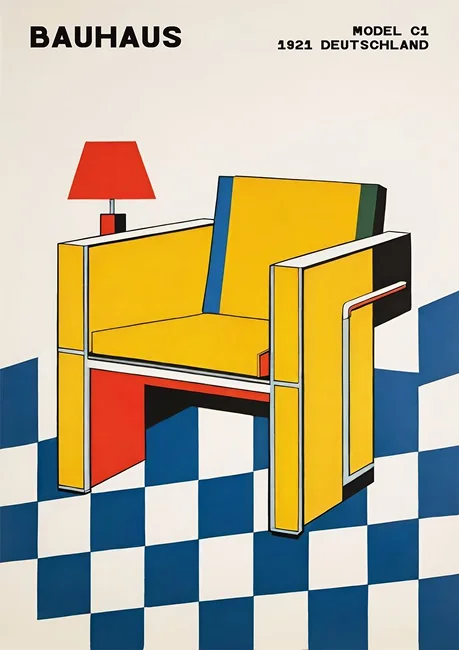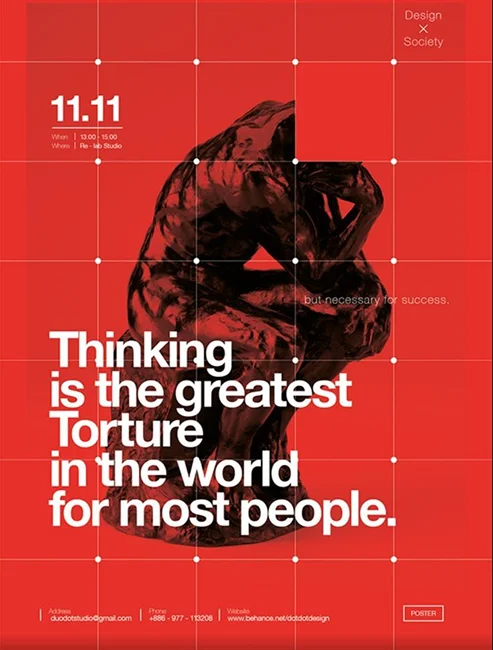Art Deco
As the world moved into the **1920s**, design shifted dramatically from the flowing curves of **Art Nouveau** to something sharper, bolder, and more modern. This was the age of **Art Deco**—a movement that embodied **luxury, progress, and the spirit of the Jazz Age**.
## Origins of the Movement
**Art Deco** emerged in **France** just before **World War I** but gained worldwide prominence in the **1920s and 1930s**. It coincided with an era of **rapid industrialization, skyscrapers, and glamorous lifestyles**.
Where Art Nouveau celebrated organic beauty, Art Deco embraced the **machine age**—favoring **order, symmetry, and geometric precision**.
In graphic design, Art Deco became a defining style of the **interwar period**, influencing everything from **travel posters to product packaging**.
## Characteristics in Design
Art Deco graphic design can be identified by:
- **Geometric Shapes & Symmetry:** Strong lines, sharp angles, and bold geometric patterns.
- **Luxurious Color Palettes:** Gold, silver, deep blacks, emerald greens, and royal blues.
- **Stylized Typography:** Sans-serif and decorative typefaces with elongated forms.
- **Streamlined Imagery:** Simplified, bold illustrations with a sense of glamour and speed.
- **Influence of Modernity:** Motifs drawn from skyscrapers, automobiles, and aviation.
These qualities made **Art Deco** perfect for advertising a **new era of technology, fashion, and entertainment**.
## Influence on Graphic Design
Art Deco set the stage for modern branding and advertising by:
- Establishing **visual sophistication**—a look associated with elegance and exclusivity.
- Inspiring **poster design** for travel, films, and luxury goods.
- Introducing a balance between **ornamentation and functionality**, keeping designs bold but not overly decorative.
Designers like **A.M. Cassandre** became icons of the era, with posters such as _Normandie (1935)_ still studied as examples of timeless Art Deco design.
## Why It Still Matters
Today, **Art Deco’s influence** is experiencing a revival in **branding, packaging, and luxury identity design**. Its **geometric clarity** and **refined glamour** make it a go-to reference for projects aiming to feel both **vintage and timelessly elegant**.
<br />
✦ **Art Deco** was more than a style—it was the **visual language of modernity in the 1920s**, blending **geometry, luxury, and progress** into one of the most iconic design movements in history.
